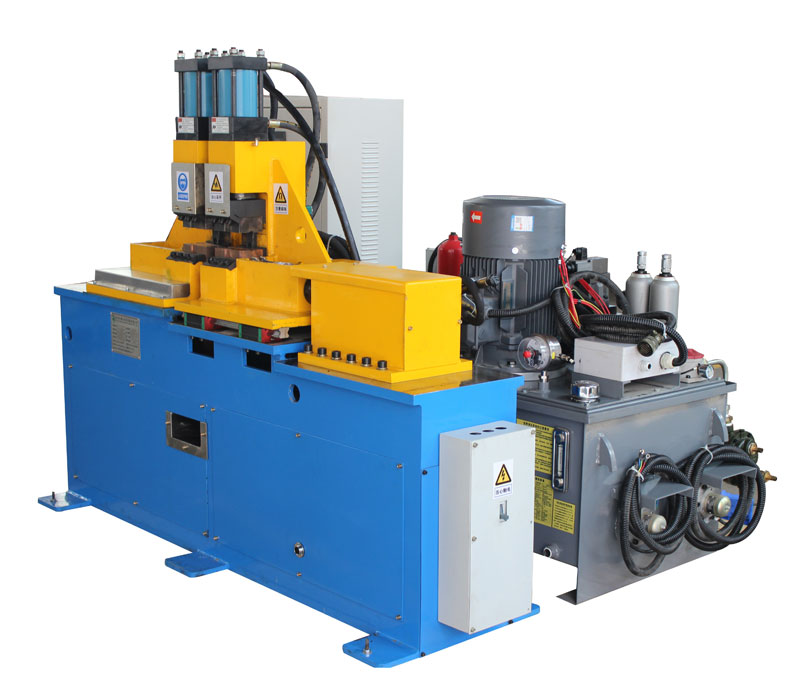Flash butt welding is a widely used welding technique in various industries, where two pieces of metal are joined together through a process that involves intense heat and pressure. While this method is highly effective for creating strong and durable welds, it also presents significant safety challenges. In this article, we will discuss key safety techniques and measures that should be followed when operating flash butt welding machines.
- Proper Training and Certification: Operators of flash butt welding machines should undergo comprehensive training and obtain relevant certifications. Training programs should cover machine operation, safety protocols, and emergency procedures. Only certified individuals should be allowed to operate these machines.
- Personal Protective Equipment (PPE): Welders and other personnel in the vicinity of flash butt welding operations must wear appropriate PPE. This includes flame-resistant clothing, gloves, safety glasses, and a welding helmet with a protective face shield. PPE helps protect against potential hazards such as intense light, sparks, and heat.
- Ventilation: Proper ventilation is essential when working with flash butt welding machines. Adequate airflow helps remove fumes and gases produced during the welding process, ensuring a healthier working environment. Employing fume extraction systems is highly recommended.
- Machine Inspection and Maintenance: Regular inspection and maintenance of welding machines are critical for their safe operation. Any damaged or worn-out components should be replaced promptly. Routine maintenance checks should include electrical systems, hydraulics, and mechanical components.
- Safety Interlocks: Flash butt welding machines should be equipped with safety interlocks to prevent accidental activation. These interlocks ensure that the machine can only be operated when all safety measures are in place, reducing the risk of accidents.
- Emergency Stop Procedures: Operators should be well-versed in emergency stop procedures and be able to shut down the machine swiftly in case of any unexpected incidents. Clear and accessible emergency stop buttons must be present on the machine.
- Work Area Organization: Maintaining a clean and organized work area is essential for safety. Tools, cables, and other potential trip hazards should be stored properly to prevent accidents.
- Fire Safety: Given the high heat generated during flash butt welding, fire safety is paramount. Fire extinguishers and fire blankets should be readily available in the workspace. Regular fire drills and training can help workers respond effectively in the event of a fire.
- Training in Arc Flash Hazards: Operators should be educated about arc flash hazards and how to protect themselves from the intense light and heat produced during welding. This knowledge can prevent serious injuries.
- Risk Assessment: Conducting a thorough risk assessment before each welding operation is crucial. Identifying potential hazards and implementing appropriate controls can significantly reduce the risk of accidents.
In conclusion, ensuring the safety of personnel and the efficient operation of flash butt welding machines is of utmost importance. By following these safety techniques and measures, operators can minimize the risks associated with this welding method and create a safer workplace for all involved. Always remember that safety is a shared responsibility, and every individual in the welding environment plays a critical role in preventing accidents and injuries.
Post time: Oct-28-2023








